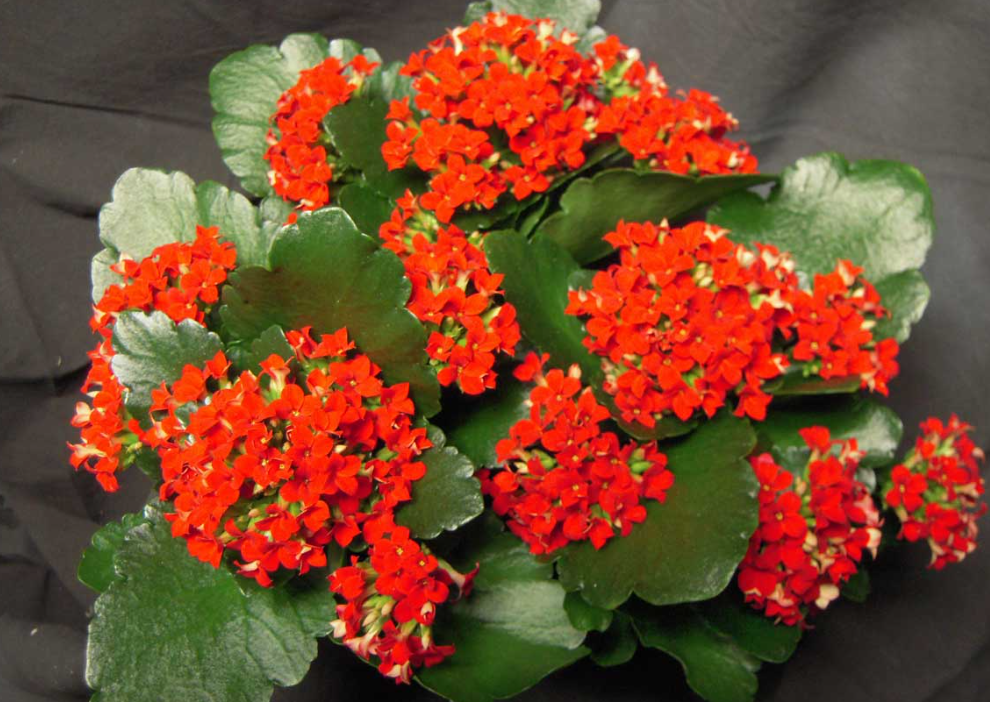When it comes to creating a green haven within your home, the allure of houseplants like Kalanchoe inevitably beckons. But while these vibrant succulents might beautify your space, they also pose a critical question: Are Kalanchoe poisonous to cats? As feline companions often explore every nook and cranny, understanding the potential hazards of incorporating these plants into your living environment is paramount.
This article delves into the nature of Kalanchoe, examining their toxicity levels, the symptoms of poisoning in cats, and essential safety measures to ensure both your plants and pets coexist harmoniously. The juxtaposition of their ornamental charm against possible hazards presents an intriguing challenge for cat owners. Let’s navigate through this delicate balance with care.
Plant Characteristics and Toxicity Level
Kalanchoe, a genus of succulent flowering plants, is beloved for its fleshy leaves and vibrant blooms. Several species exist, with Kalanchoe blossfeldiana being one of the most common in household settings. These plants thrive in warm, humid environments and boast the ability to store moisture, making them relatively low-maintenance regarding care.
Despite their aesthetic appeal, Kalanchoe are known to harbor toxic compounds, primarily bufadienolides—chemical compounds that can induce cardiac glycoside toxicity in animals, including cats. The distinction between toxicity levels varies among species, with some exhibiting more pronounced effects. Ingestion may lead to alarming symptoms, raising a red flag for conscientious pet owners.
Recognizing Signs of Poisoning
If you suspect your feline friend has nibbled on a Kalanchoe leaf, it’s imperative to be vigilant for any signs of distress. Symptoms can manifest in a range of severity, depending on the amount ingested and the individual cat’s sensitivity. Common indicators of Kalanchoe poisoning in cats include:
- Vomiting or diarrhea
- Loss of appetite
- Abnormal heart rate
- Lethargy or weakness
- Tremors or seizures (in severe cases)
- Drooling or excessive salivation
The onset of symptoms may occur within a few hours after ingestion, making it crucial for pet owners to remain observant and proactive. If you notice these warning signs, seek veterinary assistance immediately. Timely intervention can significantly mitigate the risk of severe complications or even fatality.
Safe Alternatives to Kalanchoe
For those who cherish the vibrant visual appeal of houseplants but wish to avoid the potential perils, several alternatives exist that are both safe and aesthetically pleasing for households with cats. Consider the following non-toxic options:
- Spider Plant (Chlorophytum comosum): Known for its long, arching leaves and air-purifying qualities, this resilient plant thrives in a variety of conditions and is non-toxic to cats.
- Boston Fern (Nephrolepis exaltata): With its lush fronds and forgiving nature, the Boston Fern not only enhances indoor humidity but also poses no toxic threat to curious kitties.
- Ponytail Palm (Beaucarnea recurvata): This intriguing plant, resembling a tiny palm tree, is safe for felines and adds a unique architectural element to any indoor space.
Implementing measures to replace Kalanchoe with safer alternatives fosters a nurturing environment for your pets, ensuring their health remains uncompromised while still indulging in the joys of indoor gardening.
Creating a Pet-Safe Home
For pet owners, the challenge extends beyond merely substituting one plant for another. Establishing a pet-safe home involves a multifaceted approach to plant management and environmental awareness. Here are essential strategies to consider:
- Placement Matters: Position plants out of reach of your feline friends. Hanging planters or high shelves can create a visual appeal while preventing access.
- Education on Toxicity: Familiarize yourself with a comprehensive list of common houseplants and their toxicity levels for both cats and dogs. Having this knowledge empowers you to make informed decisions about your plant selection.
- Regular Monitoring: Keep an eye on your pets’ behavior around houseplants. Even non-toxic plants can cause gastrointestinal discomfort if ingested in significant quantities.
Conclusion: Informed Decisions for a Healthy Space
The dynamic relationship you cultivate with your feline companions and houseplants can thrive, provided that informed choices shape your environment. While Kalanchoe offer an enticing option for indoor gardening, the potential for toxic reactions render them a risky choice for homes with inquisitive cats. By prioritizing safety and being proactive in your plant selections, you can create a space that is both visually appealing and nurturing for all its inhabitants.
Ultimately, mindful decisions pave the way toward ensuring your pets remain safe amid a backdrop of botanical beauty, striking a balance between aesthetic pleasure and health consciousness.





Leave a Comment